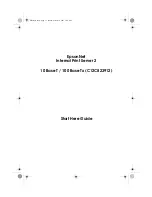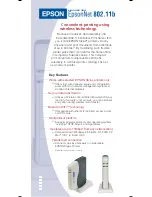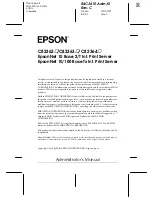
158
Table 25 SAS/SATA drive LED description
Fault/UID LED status
Present/Active LED status
Description
Flashing amber (0.5 Hz)
Steady green/Flashing green
(4.0 Hz)
A drive failure is predicted. As a best
practice, replace the drive before it fails.
Steady amber
Steady green/Flashing green
(4.0 Hz)
The drive is faulty. Replace the drive
immediately.
Steady blue
Steady green/Flashing green
(4.0 Hz)
The drive is operating correctly and is
selected by the storage controller.
Off
Flashing green (4.0 Hz)
The drive is performing a RAID migration or
rebuilding, or the system is reading or
writing data to the drive.
Off Steady
green
The drive is present but no data is being
read or written to the drive.
Off
Off
The drive is not securely installed.
Drive failure prediction is available for SAS/SATA drives only in either of the following conditions:
•
The server uses the UIS-RAID-P430-M2-F storage controller.
•
A UIS-Cell 3030 G3 or UIS-Cell 3020 G3 server uses a drive expander module in conjunction
with the UIS-RAID-LSI-9361-8i(2G)-A storage controller.
PCIe modules
Typically, the PCIe modules are available in the following standard form factors:
•
LP
—Low profile.
•
FHHL
—Full height and half length.
•
FHFL
—Full height and full length.
•
HHHL
—Half height and half length.
•
HHFL
—Half height and full length.
Some PCIe modules, such as mezzanine storage controllers, are in non-standard form factors.
Storage controllers
Storage controllers are available in the following types:
•
Embedded RAID controller
—Embedded in the system board of the server and does not
require installation.
•
Mezzanine storage controller
—Installed on the mezzanine storage controller connector of
the system board and does not require a riser card for installation.
•
Standard storage controller
—Comes in a standard PCIe form factor and typically requires a
riser card for installation.
For some storage controllers, you can order a power fail safeguard module to prevent data loss from
power outages. This module provides a flash card and a supercapacitor. When a system power
failure occurs, the supercapacitor provides power for a minimum of 20 seconds. During this interval,
the storage controller can transfer data from DDR memory to the flash card, where the data remains
indefinitely or until the controller retrieves the data.







































